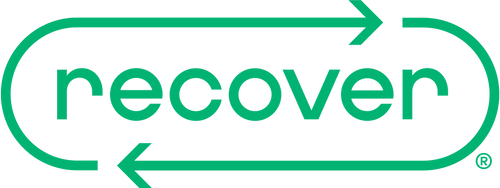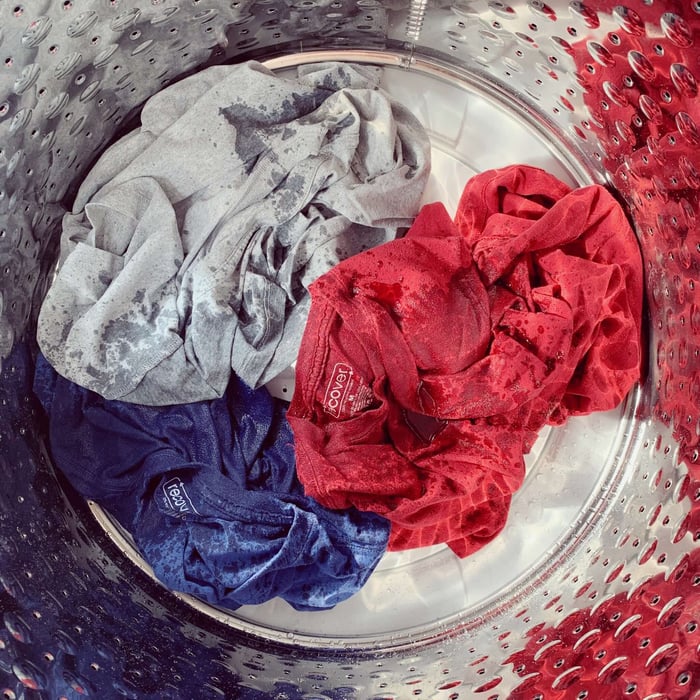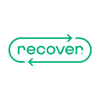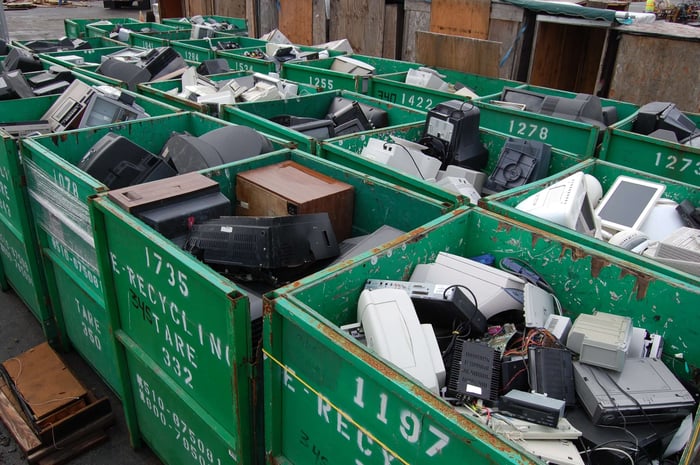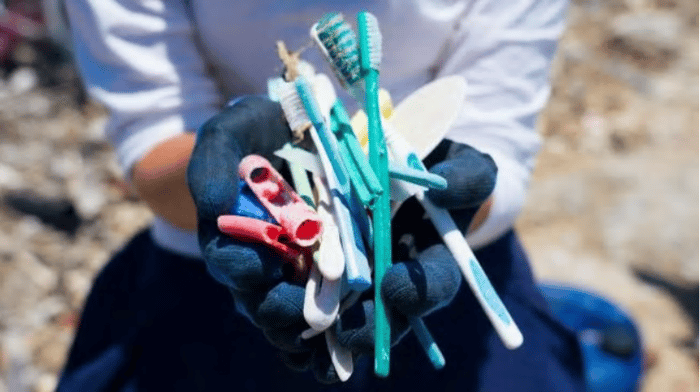While you see the glaring effects and simple solutions of large-scale plastic pollution issues such as plastic bag use and bottled water consumption, more and more, we are learning about unintended consequences of “plastic habits” and the integration of plastics into our daily lives. One question we receive frequently at Recover is about the issue of microplastics, so, here’s the rundown:
What are microplastics?
Microplastics are simply tiny bits of plastic that are about the size of a sesame seed or smaller.
Where do microplastics come from?
According to NBC and International Union for Conservation of Nature reports that the top sources of microplastic ocean pollution are…
- 35% from washing synthetic textiles
- 28% from tire residue and shedding that is washed away in road runoff
- 24% from city dust and microtrash that gets blown and washed into waterways
- 7% from road markings that accumulate in runoff
- 3.7% from paint from ships
- 2% from personal care products such as face wash and toothpaste with such microplastics as “microbeads”
- 0.3% from plastic pellets
What’s the BIG problem with SMALL microplastics?
Microplastics make up a large portion of plastic pollution in our oceans, and unlike large plastics, once in waterways, they’re extraordinarily challenging to clean up due to their size. Microplastics can also be easily carried and spread by wind. In our oceans, rivers, and even land environments, microplastics are consumed by animals, in which they poison the food chain, build up in animals’ digestive tracts, reduce the ability of some organisms to absorb energy from food, and even change the behavior of some animals such as crabs. Overall, the impact of microplastic pollution is not fully understood, but initial studies suggest it’s a big problem, with repercussions we are only beginning to see.
So, let’s talk about the challenge of microplastics from synthetic textiles, and what this means for Recover…
Recover is a company that was created to address the world’s global challenge of plastic pollution. Our world has a plastic problem, and while we ultimately aim to work towards drastically reduced plastic consumption and use in our world, right now there is a large amount of plastic waste and we’re curbing some of it from ending up in landfills and waterways. We use recycled plastic bottles and upcycled cotton to create comfortable, durable, technical, and stylish 100% recycled apparel.
However, we recognize that the development and widespread use and love of all synthetic fabric and technical athletic wear (from both virgin plastic and recycled) has yielded an unintended consequence of microplastic pollution in our oceans. Reducing microplastics entering our waterways, particularly from synthetic materials in washing machines, is a topic that we study on a daily basis. Here is what we’ve learned so far...
How you can curb microplastic pollution:
- Use products that can be used in existing washing machines that collect some of the synthetic fibers from each load of laundry. Here are the top recommendations from Ocean Clean Wash:
- Guppy Friend washing bag from Langbrett
- Cora Ball, microfiber-catching laundry ball
- Filtrol 160, washing machine lint filter
- Lint LUV-r, washing machine discharge filter
- Xeros Technologies, washing machine filter
- If possible, use a front loading washer machine. Patagonia commissioned a research project on “Microfiber Pollution and the Apparel Industry” with the Bren School of Environmental Science and Management at the University of California, Santa Barbara. One of the findings was that top-load machines saw seven times as many microfibers released compared to front-load washing machines.
- If you are purchasing synthetic apparel, purchase high-quality synthetic apparel, such as that made by Recover. The Bren School study found that lower grade synthetics shed more microplastics into waterways.
- Minimize your washes of synthetics whenever possible. The less you wash, the less times microplastics shed from your clothes into our waterways and eventually, our oceans.
What else?
We are working to further develop Recover products to shed even less microfibers into our oceans. This research topic, synthetic apparel, and the effects of microplastics are still largely unknown, but we have been working hard to progress towards minimizing the challenge of microplastics from our apparel and spread the word about existing ways to address it through use and innovation of microplastic “catchers” for laundry machines that are available right now to reduce microplastics in our oceans.

